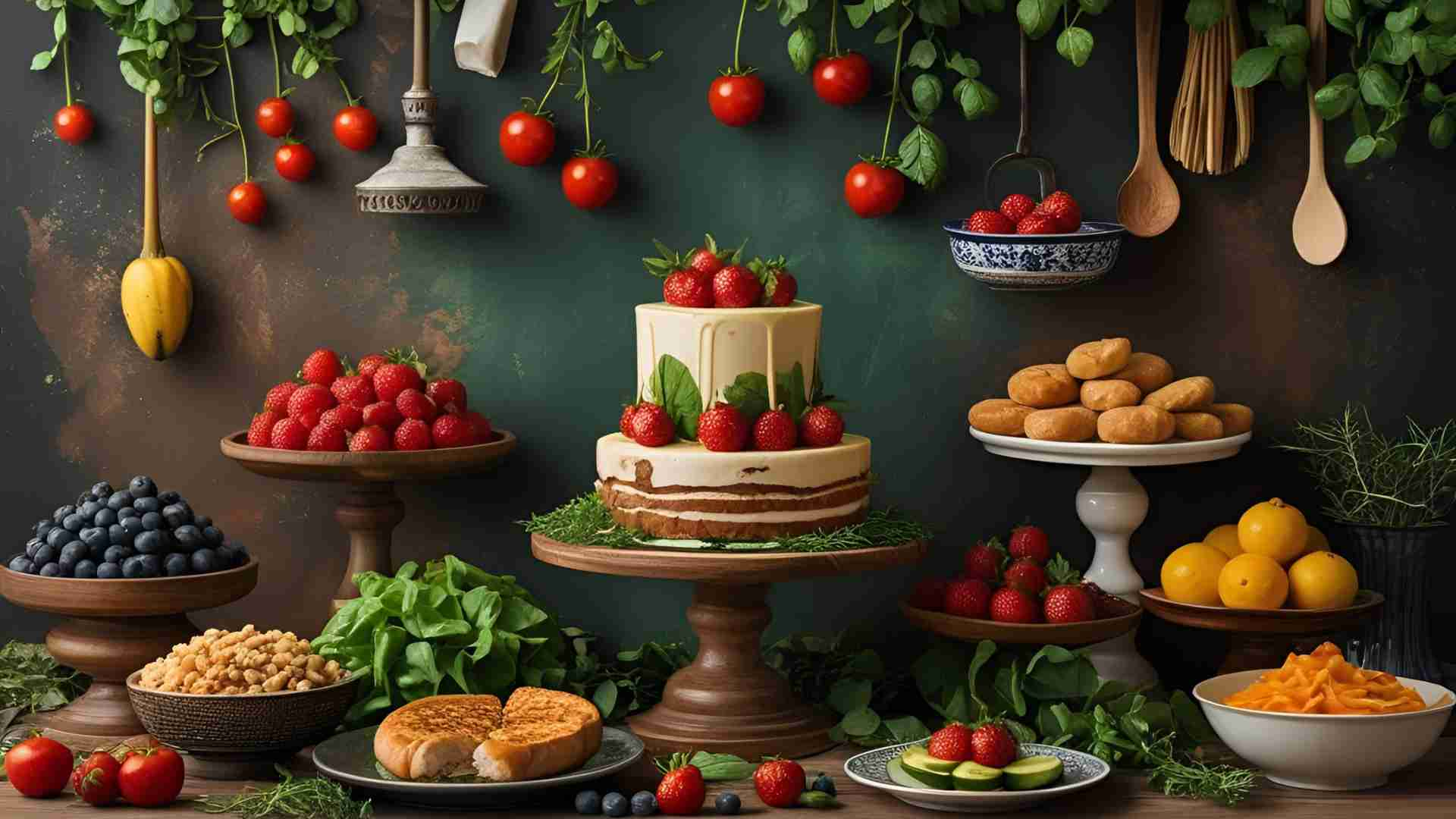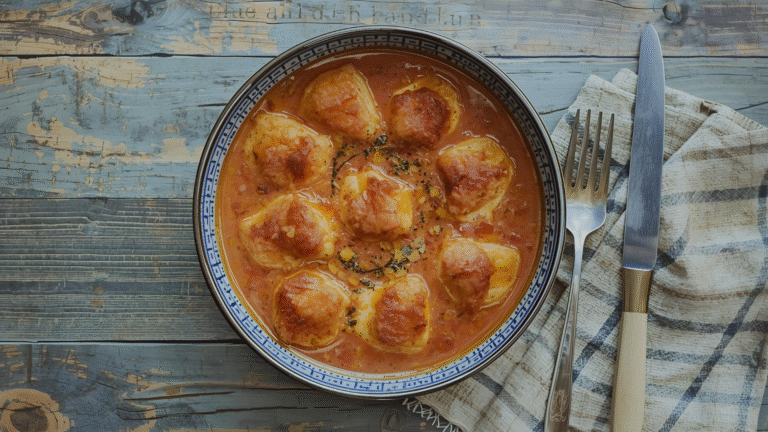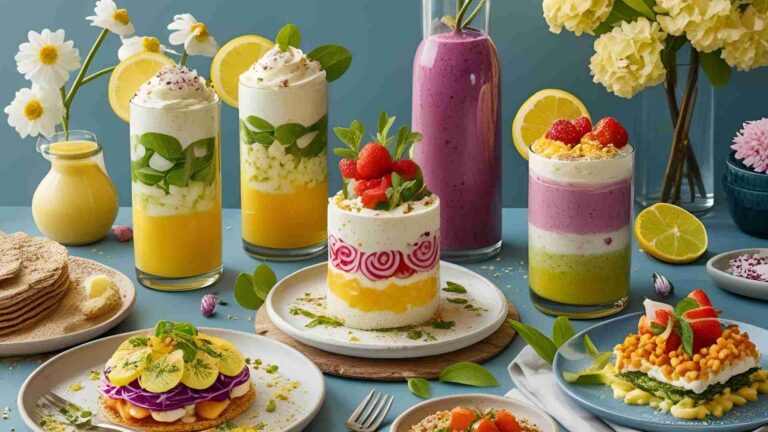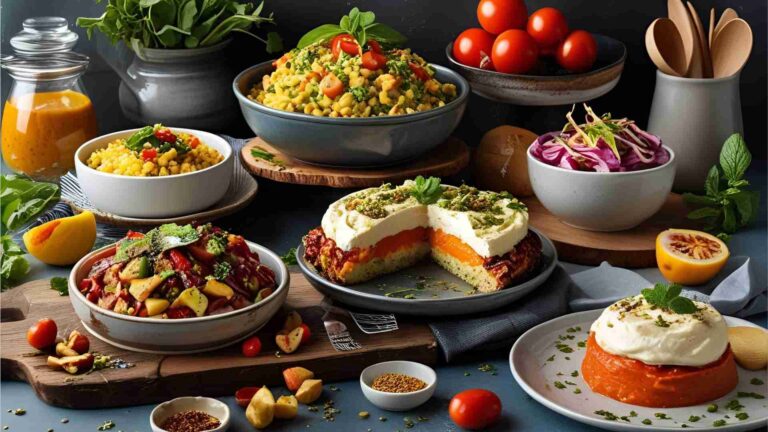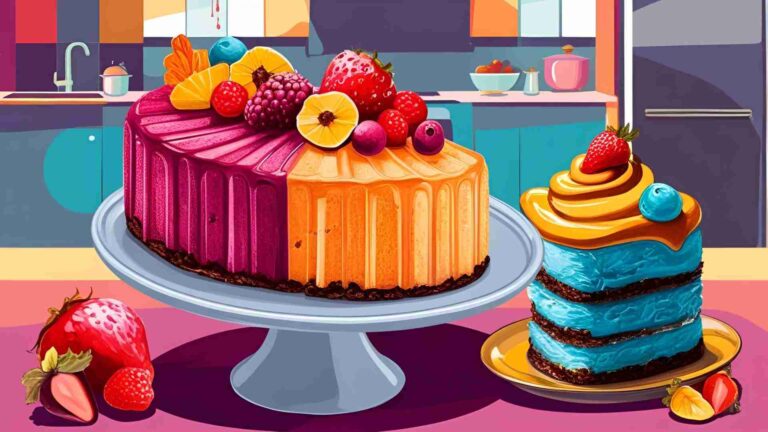How to Choose The Best Food Photography Backdrops
Discover how to choose the best food photography backdrops with expert tips on texture, color, size, and material. Explore top vinyl and wood backdrop shops.
Food photography is an art form that relies heavily on visual storytelling. The backdrop you choose serves as the foundation of your composition, setting the tone, mood, and context for the dish you’re showcasing. A well-selected backdrop can elevate your images, making the food the star while adding depth and character to the scene. Conversely, a poorly chosen backdrop can distract from the subject or make your photos look amateurish. After years of experience as a food photographer, I’ve learned what makes a backdrop exceptional and how to avoid common pitfalls. In this comprehensive guide, we’ll explore how to choose the best food photography backdrops, focusing on texture, color, size, material, and trusted suppliers. Whether you’re a beginner or a seasoned pro, this article will help you build a versatile backdrop collection that enhances your food photography.
Why Backdrops Matter in Food Photography
Backdrops are more than just a surface to place your food on—they’re an integral part of the visual narrative. They provide context, evoke emotions, and complement the dish’s aesthetic. A rustic wooden backdrop might suggest a cozy, homemade meal, while a sleek marble surface can convey elegance and sophistication. Choosing the right backdrop ensures your food remains the focal point while enhancing the overall composition.
When I started as a food photographer, I tried making my own backdrops to save money. While DIY options can work, they often lack the polish and durability of professional backdrops. Investing in high-quality backdrops transformed my work, allowing me to create more compelling and professional images. Below, I’ll share the key factors to consider when selecting backdrops and recommend some of the best suppliers based on my experience.
Key Factors to Consider When Choosing Food Photography Backdrops
To choose the best backdrop, you need to evaluate several aspects: texture, color, size, material, and quality. Let’s break each down to understand their role in creating stunning food photography.
1. Texture: Adding Depth and Realism
Texture is one of the most critical elements of a food photography backdrop. A textured surface adds dimension and visual interest, making your photos feel more authentic and tactile. Whether it’s the grain of wood, the roughness of concrete, or the subtle imperfections of plaster, texture helps create a natural, lived-in look that resonates with viewers.
Why Texture Matters:
- Realism: Textured backdrops mimic real-world surfaces, making your photos more believable.
- Visual Interest: Subtle textures add depth without overwhelming the food.
- Light Interaction: Matte, textured surfaces diffuse light evenly, reducing unwanted reflections.
What to Look For:
- Choose backdrops with natural, organic textures like wood grain, stone, or plaster.
- Avoid overly busy textures that compete with the food for attention.
- Matte finishes are ideal, as glossy surfaces can create harsh reflections that require extensive editing.
Example: The “Beirut” backdrop by Texturit features a richly textured plaster surface that adds depth to photos without overpowering the subject.
2. Color: Setting the Mood
Color plays a pivotal role in food photography, as it influences the mood and complements the tones of the dish. The right color palette can make food look fresh, vibrant, and appetizing, while the wrong one can distract or clash with the subject.
Color Theory in Food Photography:
- Neutral Tones: Off-whites, grays, and muted blues are versatile and let the food stand out. These colors work well for most dishes, from vibrant salads to hearty stews.
- Cool Tones: Blues, purples, and cool grays complement the warm tones of most foods (e.g., reds, oranges, yellows), creating a balanced and visually appealing contrast.
- Bold Colors: Bright hues like blush pink, bold blue, or burnt orange can add personality but should be used sparingly to avoid overshadowing the food.
Recommended Colors for Beginners:
- Textured Off-Whites and Grays: Versatile and timeless, these work with nearly any dish. Example: “Saragozza White Wood” by Texturit.
- Subtle Blues and Blue-Grays: Fresh and modern, ideal for seafood or desserts. Example: “Olive Stone” by Captured By Lucy.
- Dark Grays and Charcoals: Perfect for moody, dramatic shots. Example: “Finn” by Poppy Bee Surfaces.
- Warm and Cool-Toned Woods: Adds a rustic or polished feel. Example: “Tirana” by Woodville Workshop.
- Bold Accents: Blush pink, bold blue, or terracotta for specific client needs or creative shoots. Example: “Grenadine” by Texturit.
Pro Tip: Start with a neutral palette to maximize versatility, then gradually add bolder colors as your budget allows.
3. Size: Accommodating Your Composition
The size of your backdrop determines the types of shots you can achieve. A backdrop that’s too small can limit your ability to create expansive tablescapes, while an overly large one may be cumbersome to store and transport.
Ideal Backdrop Sizes:
- Minimum Size: 60cm x 90cm (2ft x 3ft). Suitable for close-up shots or small setups.
- Recommended Size: 72cm x 120cm (28in x 47in). Equivalent to a dining table, this size is versatile for both overhead and angled shots.
- Larger Sizes: 76cm x 101cm (30in x 40in) or bigger for full tablescapes or complex scenes.
Considerations:
- Larger backdrops offer more flexibility for composing fuller scenes but require more storage space.
- Smaller backdrops are portable and ideal for home studios or on-location shoots.
- Ensure the backdrop is large enough to avoid awkward cutoffs in your frame.
Example: Duo Boards by V-Flat World (30in x 40in) are a great balance of size and portability, perfect for most food photography needs.
4. Material: Vinyl vs. Wood
The choice between vinyl and wood backdrops depends on your budget, shooting style, and practical needs. Both materials have unique advantages and drawbacks, so let’s compare them.
Vinyl Backdrops
Vinyl backdrops are printed surfaces that mimic materials like wood, stone, or plaster. They’ve come a long way in terms of quality and are a popular choice for food photographers.
Advantages:
- Lightweight and Portable: Easy to transport for on-location shoots.
- Easy to Store: Can be rolled up, making them ideal for small studios.
- Affordable: Generally cheaper than wood backdrops.
- Low Shipping Costs: Lightweight materials reduce shipping expenses.
- Wipeable and Waterproof: Easy to clean after messy shoots.
Drawbacks:
- Lower-quality vinyl can look fake or pixelated in photos.
- Susceptible to scratches or damage if not handled carefully.
- May require careful lighting to avoid looking overly printed.
Top Vinyl Backdrop Suppliers:
- Captured By Lucy: Known for smooth, high-quality vinyl with a wide range of textures (e.g., “Plaster”).
- Poppy Bee Surfaces: Thick, durable vinyl with vibrant colors and laminate coating (e.g., “Ash”).
- Club Backdrops: Bright, graphic designs ideal for product photography (e.g., “Lorca”).
- Fondos Para Fotógrafos: Stunning collection of bright, textured vinyls from Spain.
- Errer: Netherlands-based supplier with unique tile and wood options.
Pricing Example:
- Captured By Lucy: 2ft x 3ft vinyl backdrop costs £27.50 (~$36.38 USD, $46.33 CAD).
- Poppy Bee Surfaces: 2ft x 3ft backdrop priced at $59.00 USD, with free shipping in the USA for orders of three or more.
- Club Backdrops: 2ft x 3ft backdrop at $44 CAD (~$34.55 USD, £26.12).
Wood Backdrops
Wood backdrops are physical boards, often hand-painted or naturally textured, offering unmatched realism.
Advantages:
- Authentic Texture: Real wood grain or painted textures look stunning in photos.
- Durable: Can withstand heavy use and messy shoots.
- Customizable: Many suppliers offer custom sizes and textures.
- Easy to Reposition: Can be propped up or laid flat during shoots.
Drawbacks:
- Heavier and less portable than vinyl.
- More expensive upfront and for shipping.
- Requires more storage space.
Top Wood Backdrop Suppliers:
- Texturit: High-quality plaster and wood surfaces (e.g., “Beirut”).
- Woodville Workshop: Double-sided wood boards with rustic charm (e.g., “Alicante”).
- Duo Boards by V-Flat World: Versatile, double-sided boards for varied setups.
Pricing Example:
- Woodville Workshop: 2ft x 3ft double-sided wood backdrop ranges from $80–$120 USD, depending on customization.
- Texturit: Prices vary, typically $100–$150 USD for a 28in x 47in board.
Which Is Better?
- Vinyl is ideal for photographers on a budget, those with limited storage, or those needing portable options.
- Wood is best for those prioritizing authenticity and durability, especially for studio-based work.
5. Quality: Avoiding Common Pitfalls
Not all backdrops are created equal. Low-quality backdrops can ruin your photos and waste your investment. Here are red flags to watch for when shopping, particularly for vinyl backdrops:
- Too Cheap: Backdrops under $25 USD are often low quality, with poor printing or flimsy materials. Example: A $9 peel-and-stick vinyl from Amazon may look pixelated or fake.
- Poor Printing Quality: Blurry or pixelated images result in unrealistic backdrops. Check the supplier’s FAQ for details on printing processes and materials.
- No Sample Images: Reputable sellers provide sample photos showing the backdrop in use. If none are available, check their Instagram or avoid the purchase.
- Unclear Origins: Ensure the supplier uses original or licensed images to avoid copyright issues. Prefer sellers who create their own designs.
- Lack of Reviews: Seek recommendations from other photographers or check reviews to verify quality.
Pro Tip: Research suppliers thoroughly. Word-of-mouth recommendations from fellow food photographers are invaluable.
Building Your Backdrop Collection
A well-rounded backdrop collection should include a mix of textures, colors, and sizes to suit various shoots and client needs. Here’s a suggested starter collection:
| Backdrop Type | Color/Style | Size | Material | Supplier | Price (USD) |
|---|---|---|---|---|---|
| Neutral Wood | Off-White/Gray | 2ft x 3ft | Vinyl | Captured By Lucy | $36.38 |
| Dark Marble | Dark Gray | 2ft x 3ft | Vinyl | Poppy Bee Surfaces | $59.00 |
| Rustic Wood | Warm Brown | 28in x 47in | Wood | Woodville Workshop | $100–$120 |
| Bold Accent | Blush Pink | 2ft x 3ft | Vinyl | JipyFondos | $40–$50 |
| Cool-Toned Tile | Blue-Gray | 30in x 40in | Wood | Duo Boards | $80–$100 |
Chart: Backdrop Selection Workflow

My Favorite Backdrop Collection
Here are eight backdrops from my personal collection, designed in collaboration with BestEverBackdrops. Each is double-sided, offering versatility and value. All are 2ft x 3ft, vinyl, and priced at $50–$60 USD each (use promo code ThanksSky15 for 15% off).
- Vesper: Rustic white-blue wood with natural wear. Ideal for spring/summer fruit and vegetable shots.
- Dark N Stormy: Textured steel with rich blue-black tones. Perfect for moody shots of steaks or breads.
- Afterglow: Light blue painted surface with subtle texture. Complements greens and reds in overhead or background shots.
- Raki: Creamy white marble with dark veins. Lightweight alternative to heavy marble slabs.
- Blue Curacao: Vintage blue wood with cracked white undertones. Great for vibrant recipes.
- Frostbite: Eggshell white concrete with warm tones. Suits rustic or modern dishes.
- Sidecar: Dark wood bar-top with vintage scratches. Ideal for cocktail photography.
- The Black Feather: Rich burl wood with bold grains. Perfect for chopping block or prep surface shots.
Testing Vinyl Backdrops: Real-World Results
To evaluate vinyl backdrops, I tested three from Captured By Lucy: Concrete Floor, Azure, and Grey Stone Walls. Here’s how they performed:
- Concrete Floor: Pale gray with realistic texture. No green cast or glare, making it ideal for my usual style.
- Azure: Bright blue with a bold, fresh feel. Best as a blurred background for warm-toned foods.
- Grey Stone Walls: Heavily textured and rustic. Adds depth to minimalistic setups.
Key Observations:
- Vinyl backdrops lay flat immediately, saving setup time.
- They’re durable, waterproof, and wipeable, perfect for messy shoots.
- In photos, high-quality vinyl looks authentic, with no “printed” appearance.
Tips for Maintaining Your Backdrops
- Vinyl: Store rolled up in a dry, cool place. Clean with a damp cloth immediately after spills. Avoid tape, heat, or abrasive materials.
- Wood: Store flat or upright to prevent warping. Wipe with a mild cleaner and avoid prolonged exposure to moisture.
- General: Test new backdrops in your lighting setup to ensure they photograph well.
Where to Buy Food Photography Backdrops
Here’s a curated list of trusted suppliers, including their specialties and pricing:
| Supplier | Location | Specialty | Price Range (2ft x 3ft, USD) | Shipping Notes |
|---|---|---|---|---|
| Captured By Lucy | UK | Smooth vinyl, wide variety | $36.38 | DHL, duties for Canada ($30–$40 CAD) |
| Poppy Bee Surfaces | USA | Thick vinyl, marble/quartz | $59.00 | Free in USA (3+ items), $30–$42 international |
| Club Backdrops | Scotland | Bright, graphic vinyls | $34.55 | DHL, varies by location |
| Fondos Para Fotógrafos | Spain | Bright, textured vinyls | $40–$60 | Varies, check site |
| Errer | Netherlands | Unique tile/wood vinyls | $45–$65 | Varies, check site |
| Woodville Workshop | USA | Double-sided wood boards | $80–$120 | Higher due to weight |
| Texturit | USA | Plaster/wood boards | $100–$150 | Higher due to weight |
| Duo Boards by V-Flat World | USA | Double-sided wood boards | $80–$100 | Varies, check site |
Conclusion
Choosing the best food photography backdrops requires balancing texture, color, size, material, and quality. Neutral, matte, textured backdrops in sizes like 2ft x 3ft or 28in x 47in are versatile starting points. Vinyl offers affordability and portability, while wood provides unmatched realism. By selecting high-quality backdrops from trusted suppliers like Captured By Lucy, Poppy Bee Surfaces, or Woodville Workshop, you can build a collection that enhances your food photography and tells compelling visual stories.
What’s your favorite backdrop or supplier? Share your thoughts in the comments or connect with me on Instagram to discuss your food photography journey!
Please share these How to Choose The Best Food Photography Backdrops with your friends and do a comment below about your feedback.
We will meet you on next article.
Until you can read, 10 Ways to Find Recipe Inspiration for Your Food Blog
